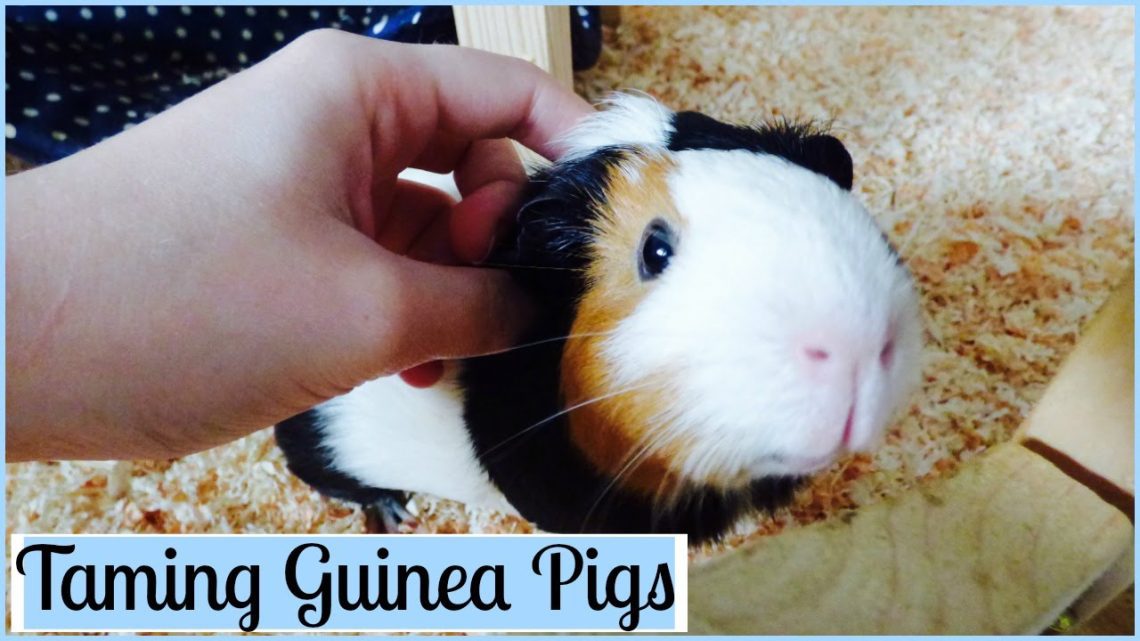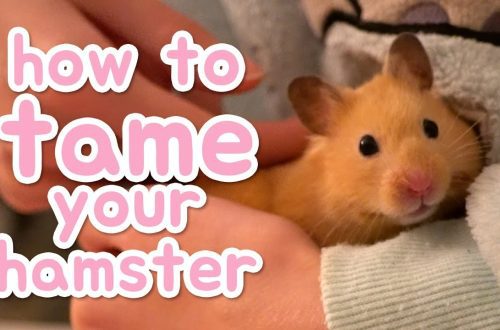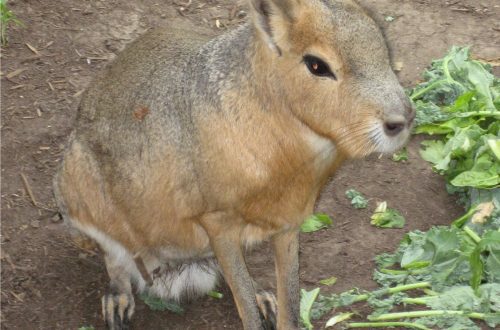
Taming a guinea pig
Gaining trust
In a new environment, your new pet will still be quite shy for a while, so from the very beginning, make sure that the environment around the cage is as quiet as possible, then the guinea pig will quickly get used to the new environment.
The pig should have only fresh green food and fresh water.
Do not change anything in the cage, leave everything as it is, then the guinea pig will quickly get used to it.
Do not put the sleeping house in a cage right away, wait until the guinea pig becomes tame – otherwise the animal may remain shy and hide all the time in its secluded corner.
In a new environment, your new pet will still be quite shy for a while, so from the very beginning, make sure that the environment around the cage is as quiet as possible, then the guinea pig will quickly get used to the new environment.
The pig should have only fresh green food and fresh water.
Do not change anything in the cage, leave everything as it is, then the guinea pig will quickly get used to it.
Do not put the sleeping house in a cage right away, wait until the guinea pig becomes tame – otherwise the animal may remain shy and hide all the time in its secluded corner.
Examination period
Let the guinea pig explore the room in which he lives (room):
- carefully take it out of the cage and place it next to the cage;
- place the bowl and bedding near;
- put tidbits in several places so that they are in the way of the animal.
Let the guinea pig explore the room in which he lives (room):
- carefully take it out of the cage and place it next to the cage;
- place the bowl and bedding near;
- put tidbits in several places so that they are in the way of the animal.
Taming a guinea pig
First step. Give your guinea pig a carrot or a slice of an apple, while saying a few words in a calm, quiet voice. First, the animal, buried in hay, will sniff the food from its secluded corner. After a while, he will overcome his fear and take a treat.
The second step. Once your guinea pig gets used to the smell of your hand, you can stroke your head with your finger. If she is sitting quietly at the same time, stroke her gently on the back.
The third step Now you can gently reach out, take the guinea pig from below and place it on your lap. At the same time, you should talk to her in a calm, even voice and not make sudden movements. If you also constantly repeat her name, she will eventually get used to it.
Note. Not all animals are equally tamed. You just have to be patient. Even the most shy guinea pig will eventually take food out of hand.
When taming, it should be remembered that guinea pigs really do not like to be touched or taken by the back of their backs. They start to get nervous and scream. Therefore, during taming, avoid touching this part of the body. Why is this happening? It is difficult to answer this question, but it can be assumed that feathered and furry predators that hunted the wild ancestors of guinea pigs grabbed them by this particular part of the body. The sharp cry that the captured animal emitted served as a signal to other individuals about imminent danger.
First step. Give your guinea pig a carrot or a slice of an apple, while saying a few words in a calm, quiet voice. First, the animal, buried in hay, will sniff the food from its secluded corner. After a while, he will overcome his fear and take a treat.
The second step. Once your guinea pig gets used to the smell of your hand, you can stroke your head with your finger. If she is sitting quietly at the same time, stroke her gently on the back.
The third step Now you can gently reach out, take the guinea pig from below and place it on your lap. At the same time, you should talk to her in a calm, even voice and not make sudden movements. If you also constantly repeat her name, she will eventually get used to it.
Note. Not all animals are equally tamed. You just have to be patient. Even the most shy guinea pig will eventually take food out of hand.
When taming, it should be remembered that guinea pigs really do not like to be touched or taken by the back of their backs. They start to get nervous and scream. Therefore, during taming, avoid touching this part of the body. Why is this happening? It is difficult to answer this question, but it can be assumed that feathered and furry predators that hunted the wild ancestors of guinea pigs grabbed them by this particular part of the body. The sharp cry that the captured animal emitted served as a signal to other individuals about imminent danger.
If the guinea pig does not become tame
Very rarely there are guinea pigs that are not amenable to the usual methods of domestication. This can be explained by the fact that in the very first weeks of life, the animals experienced events after which they became especially timid and shy. Here you can do the following:
- take the animal in your arms more often. Place him on your knees, stroke him and talk to him in a quiet, calm voice;
- give the guinea pig green food or especially tidbits only from your hands, be patient;
- lay a thick layer of straw on the bottom of the cage. The animal will be able to hide there and feel protected, but it will not be completely fenced off from the outside world.
Very rarely there are guinea pigs that are not amenable to the usual methods of domestication. This can be explained by the fact that in the very first weeks of life, the animals experienced events after which they became especially timid and shy. Here you can do the following:
- take the animal in your arms more often. Place him on your knees, stroke him and talk to him in a quiet, calm voice;
- give the guinea pig green food or especially tidbits only from your hands, be patient;
- lay a thick layer of straw on the bottom of the cage. The animal will be able to hide there and feel protected, but it will not be completely fenced off from the outside world.





